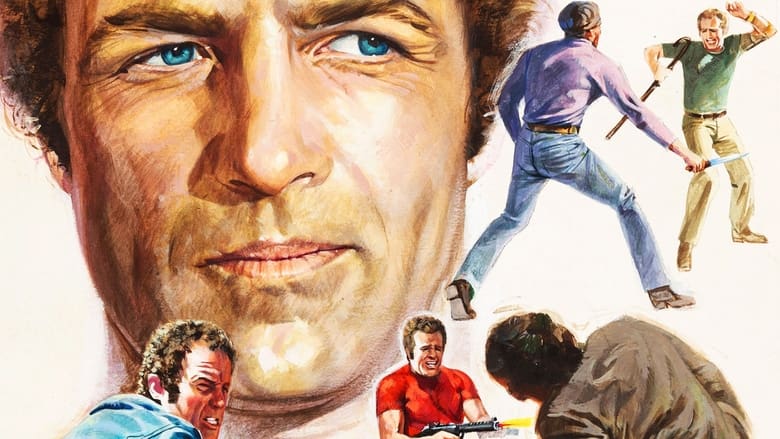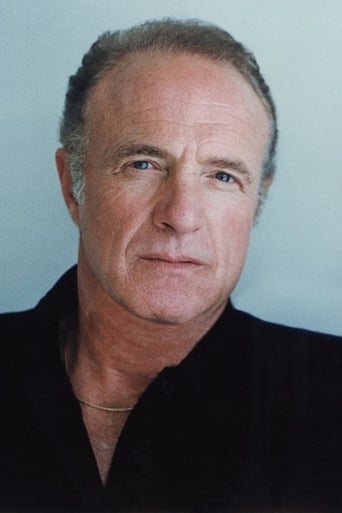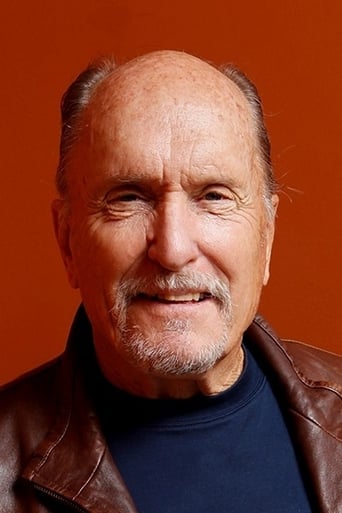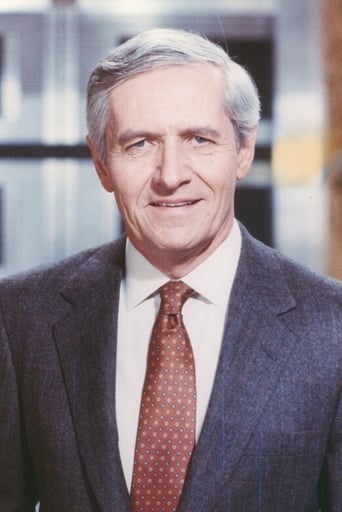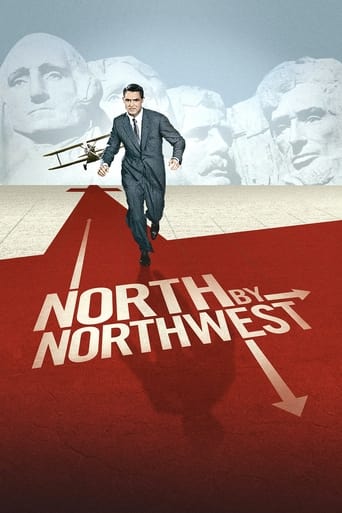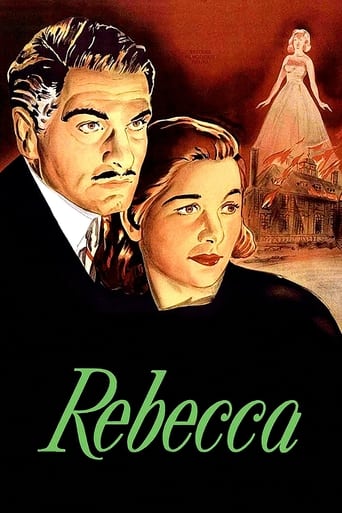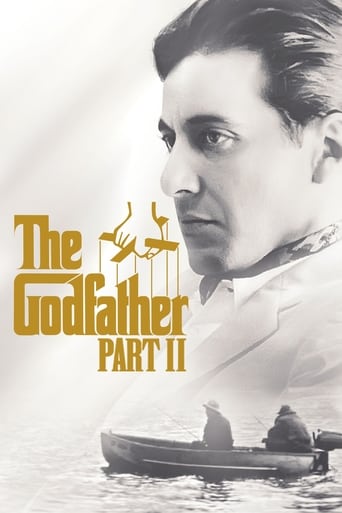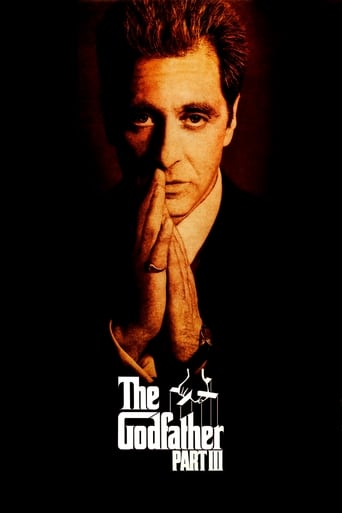The Killer Elite (1975)
Mike Locken is one of the principal members of a group of freelance spies. A significant portion of their work is for the CIA, and while on a case for them one of his friends turns on him and shoots him in the elbow and knee. His assignment, to protect someone, goes down in flames. He is nearly crippled, but with braces is able to again become mobile. For revenge as much as anything else, Mike goes after his ex-friend.
Watch Trailer
Cast
Similar titles
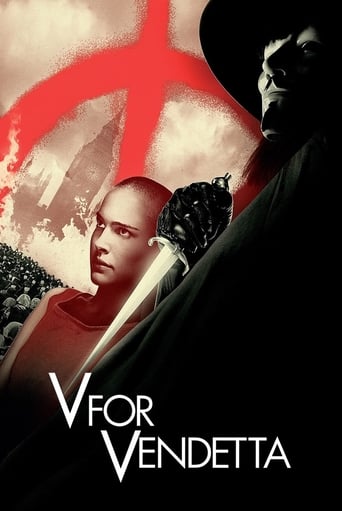
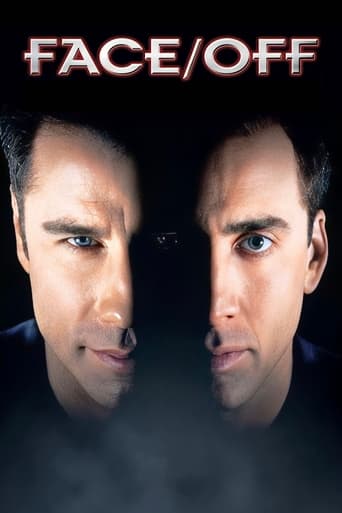
Reviews
Let's be realistic.
Like the great film, it's made with a great deal of visible affection both in front of and behind the camera.
It is an exhilarating, distressing, funny and profound film, with one of the more memorable film scores in years,
An old-fashioned movie made with new-fashioned finesse.
I was drawn to The Killer Elite by a still of James Caan brandishing a walking stick at a ninja; a crippled Caan versus ninjas could surely only mean fun, especially with Sam Peckinpah behind the camera. Sadly, the scene isn't anywhere near as bad-ass as it sounds on paper, and to get there we have endure an awful lot of sluggish exposition that will most likely disappoint the majority of the director's fans.The film opens explosively enough, with Mike Locken (Caan) and George Hansen (Robert Duvall) completing a job for ComTeg, a private agency contracted by the C.I.A. to handle work of a more 'sensitive' nature. Locken and Hansen, friends as well as colleagues, are then tasked with protecting a defector, but things take an unexpected turn when Hansen, who has been bought out by a rival group, executes their ward and then turns his gun on Locken, shooting him in the arm and leg.Critically wounded, Locken is rushed to hospital and undergoes emergency surgery followed by months of intensive physiotherapy. Against all odds, Locken recuperates to the point where he is once again able to work, driven by the idea of taking revenge on his old buddy Hansen.With Locken's gradual rehabilitation taking up the bulk of the movie, The Killer Elite is remarkably devoid of the brutal violence and slow-motion bloodshed that one associates with Peckinpah, with even a machine gun shootout in a crowded street resulting in only one dead body. Worse still, the ninja showdown that had first attracted my attention comes right at the end of the film and consists of uninspired and poorly choreographed fight action featuring some of the most inept ninjas imaginable.Apparently, the film was made by Peckinpah while he was experiencing the new-found pleasures of cocaine, which goes a long way to explain why it is such a mess.
There are two items of note at the film's beginning. The first point is "An interview with Laurence Weyburn of ComTeg . . . September 31, 1975." September has 31 days? Really? Maybe in Caesar's day, but Emperor Augustus altered his calendar. The other item is "There is no company called Community Integrity NOR ComTeg and the thought that the CIA might employ such an organization for any purpose is, of course, preposterous." Thus states Director Sam Peckinpah. Of course he is tugging our chains.In the opening scene of the film several men barely escape a building that they rigged to explode; we are never told why they did so. But we learn early on that ComTeg is a private intelligence agency hired by the CIA to protect certain individuals and to conduct nebulous operations. ComTeg, which earns 11% its gross from the CIA, is run by Laurence Weyburn (Gig Young). Belonging to ComTeg are agents Mike Locken (James Caan) and George Hansen (Robert Duvall). They bring a bearded fellow named Vorodny to a hideout for safekeeping. Within a few minutes Hansen pulls out his pistol and blows out Vorodny's brains; right after he shoots Locken in his left elbow and in his left knee. "You just retired, Mike. Enjoy it," utters Hansen. So ends the first part: the double-cross. The next piece, about a half-hour or so, focuses on Locken's emergency hospital operations and recuperation, and also during that recovery his budding attachment with a nurse. Locken has vowed to get well enough to return to his old job; his bosses have doubts. During his convalescence he discovers the martial arts. While this state of affairs is going there is an intercut. We see a separate, failed ninja attempt to assassinate an Asian dissident at San Francisco International Airport.Along the way we are introduced to Cap Collis (Arthur Hill), a perfidious figure who is the field boss of top honcho Weyburn. Collis approaches the reasonably recovered Locken to get him back to ComTeg business. Locken eagerly agrees. Plus he is itching to track down and get even with his former buddy, Hansen. Weyburn tells Collis that Locken has permission to assemble his own team as a subcontractor to ComTeg. Meanwhile the CIA wants to protect Chinese dissident Yuen Chung (Mako) while he is in the USA. Once Chung leaves America, then he is on his own. Weyburn then gets the contract for ComTeg from the CIA, and gives the assignment to Locken. Locken gathers two former compatriots, Mac (Burt Young) and Miller (Bo Hopkins); the former is described as retired, the latter, as crazy.Now the story takes a serpentine turn, to say the least. In a strip joint, Cap Collis meets with both the leading Asian ninja, Tao Yi (Woo) and with Hansen to take out Chung. Yes, you read that correctly. Not only does Hansen still work for ComTeg, but ComTeg has been contracted to assassinate Chung. And to protect him at the same time! Whew!!! The director seems to recognize this dichotomy, for he has Hansen utter to Collis, "That's your style, Cap, setting people against each other." Maybe Collis has sold out to the same high bidder that lured Hansen. But how can Hansen still work for ComTeg? And why does ComTeg obviously spend big money for both assignments? Convoluted? You bet! Anyway, there is a Chinatown shootout where Locken, Mac, Miller, and Chung in Mac's hopped-up fake taxi escape from assassins, including Hansen and a false cop. After that there is a bomb removal scene from underneath the taxi that is nothing less than pretentious. Does anyone believe that a cop will readily accept a greasy, ticking time bomb in his hand from a stranger? This segment may be atypical Peckinpah, but it is ludicrous. In the last part the adversaries are martial arts fighting on the decks of the large US Navy Mothball Fleet that lies in Suisun Bay. But it is not Locken's bullet that finds its way to Hansen.San Francisco locations are used to good advantage, like the Golden Gate Bridge, Embarcadero Waterfront, Chinatown, and Bethlehem Steel Pier. James Caan and Robert Duvall are reunited from their "Godfather" days. Then, Caan as Sonny Corleone and Duvall as Tom Hagen were on the same side. Overall the acting is generally passable, while the violence is a bit toned down for Peckinpah. But the movie is good only in parts, and is way too long. Frankly the feature is just too complicated for many, and the betrayals are overdone. And yet the movie is watchable.
"The Wild Bunch" director Sam Peckinpah's urban espionage shoot'em up "The Killer Elite" qualifies as his most autobiographical as well as metaphorical thriller. Like the duck show that the two COMTEG agents refer to near the beginning, "The Killer Elite" is good Peckinpah, but not great Peckinpah. Several things separate "The Killer Elite" from Peckinpah's best movies, such as "Ride the High Country," "The Wild Bunch," "The Getaway," "Bring Me the Head of Alfredo Garcia," "Cross of Iron" and "Straw Dogs," are these are the cynicism, the subject matter, and the oddball humor. Peckinpah admirers probably have a softer spot for "The Killer Elite" than non-Peckinpah admirers. The Marc Norman & Stirling Silliphant screenplay doesn't amount to anything memorable. This is your standard issue revenge melodrama about two friends who turn on each other and everybody else who gets caught in the middle. Ostensibly, "The Killer Elite" is a Cold War era thriller without a reference to the Soviets. Peckinpah makes this affair worth looking watching because he alludes to his best films and some of the Norman & Silliphant dialogue stand out. Nevertheless, Peckinpah seemed to know what he was up against when he made this thriller. Like its redoubtable hero, "The Killer Elite" is handicapped from the start. You know a Peckinpah movie is unusual when the violence is as muted as it is in "The Killer Elite" and the most interesting sequence occurs in the middle when our protagonist rehabs himself."The Killer Elite" opens with this disclaimer: This film is a work of fiction. There is no company called Communication Integrity NOR Comteg and the thought the C.I.A. might employ such an organization for any purpose is, of course, preposterous. The cynicism evident here and later shows a world weary Peckinpah who rarely rises to the occasion. Everything in "The Killer Elite" is rather matter of fact as if Peckinpah were going through the motions. After a terrific opening sequence with George Hansen (Robert Duvall of "The Godfather") betraying his old buddy Mike Locken (James Caan of "The Godfather") and killing the defector that they were charged with guarding, the film settles into an extended rehabilitation plot. Surprisingly, the emergency room scene, with the dispassionate doctors talking over the surgery of our hero, surpasses the sterile violence in "The Killer Elite." Later, Peckinpah sends in a believable, plain Jane therapist to supervise Locken's recovery. As inspired as these scenes are, they all but halt the forward momentum of the movie. The news that Hansen sold out to the opposition drives Locken to rebuild himself that starts the fuse burning. The restaurant scene where Locken crashes ignominiously into the floor and has to be helped up makes our hero look like an alter-ego for Peckinpah. Like Locken, Peckinpah was betrayed by film producers (remember "Major Dundee") and he had to pull himself up by the bootstraps.The most obvious example of cynicism in "The Killer Elite" is the violence. Peckinpah soft-pedals the violence. Hansen's murder of the defector is as bloody as this thriller gets and the bloody explosion is momentary. Afterward, fusillades may erupt, but blood rarely materializes in puddles. Indeed, United Artists may have toned this down to acquire at mild PG-rating, but die-hard Peckinpah will point to this as the missing link in "The Killer Elite." Peckinpah glosses over many issues. Cap Collis (Arthur Hill of "Harper") is Lawrence Weyburn's right-hand man, but he is also a traitor. The revelation that Collis is undermining Comteg comes as no surprise. Peckinpah shuns any kind of mystery and just show Collis in a strip bar with Hansen planning their next move. There is no nobility (except between Hansen and Locken) in the spy business. Collis and Weyburn are bureaucrats and Weyburn is prepared to replace Collis with Locken without skipping a beat. Ultimately, "The Killer Elite" has no fire in its bowels. Peckinpah denies Locken that moment of catharsis to exact his vengeance on Hansen. Instead, Jerome knocks Hansen off and Locken decks Jerome with a John Wayne haymaker. Furthermore, Hansen's death comes between acts three and five and seems to belittle him. Ostensibly, "The Killer Elite" is like the mothballed navy fleet where the film concludes with a kung-fu showdown straight out of the mythical western.Despite the cynicism and the idiotic humor (the guy at the airport who flashes the cop and the imbecilic cop with the bomb), "The Killer Elite" has some vintage Peckinpah touches that make it rewarding to Peckinpah admirers. The broken relationship between the two principals is traditional Peckinpah material hearkening back to "Pat Garrett & Billy the Kid," "The Wild Bunch," and "Ride the High Country." The anti-climax to the relationship between Locken and Hansen is more surprising. Peckinpah does an excellent job of encapsulating their friendship in a handful of scenes before Hansen retires him from service. The scene in front of the building in Chinatown when Locken spirits Yuen Chung (Mako of "Never So Few") out to the cab while Hansen and his sidekick lay down a barrage of machine gun fire from a rooftop across the street is straight out of the opening scene in "The Wild Bunch." Jerome (Bo Hopkins) is basically Crazy Lee, but he lives longer. Peckinpah was the only director who could recycle his own material and make it work in any situation. Earlier, the scene where trigger-happy Jerome shoots the cop on the stairs is a replay of the moment Billy the Kid shot Bell in "Pat Garrett." Peckinpah shows nothing but contempt for the kung fu scenes, but his editors and he do an exemplary job cross-cutting when the airport incident and the C.I.A. briefing about Yuen Chung.The performances are all top-notch. Caan excels as the handicapped hero and Hill is unruffled until the end as the villain. Duvall is good as the treacherous Hansen. The San Francisco locale is scenic. Altogether, "The Killer Elite" is a misfire, but nobody makes a misfire like Peckinpah.
The problem with "The Killer Elite" is that just by seeking this film out, and investing time to watch it, you are putting more effort into the experience than many of its principals did, particularly director Sam Peckinpah.The already volatile Peckinpah was heading into rough weather with this film. According to at least one biographer, this was where he became acquainted with cocaine. Add to that his binge drinking, and it's no wonder things fell apart.It's a shame, because the concept behind the film is a good one, and the first ten minutes promise much. Mike Locken (James Caan) and George Hansen (Robert Duvall) are private contractors who do a lot of dirty work for the CIA. They move quick, live well, and seem like the best of friends - then something happens to shatter their brotherhood.An opening scene shows them blowing up a building - why exactly we aren't told, par for the course in terms of this film's murky motivation. But the implication is these guys hurt people and don't really care - antiheroes much like the Wild Bunch of Peckinpah's not-so-long-ago. An opening title tells us they work for ComTeg, then adds with obvious tongue in cheek "...the thought the CIA might employ such an organization for any purpose is, of course, preposterous." That's a pretty clever way of letting the audience know all bets are off.Add to that a traditionally strong Peckinpah backup cast, including Burt Young, Gig Young, and Peckinpah regular Bo Hopkins in the plum role of a madman who can't pass up an opportunity to be shot at for $500 a day, and you only wish that the scriptwriters, including the celebrated Sterling Silliphant, tried to do something more with the story than turn it into a platform for lazy one-liners and bad chop-socky knockoffs. An attempt at injecting a dose of liberal social commentary is awkwardly shoehorned in. "You're so busy doing their dirty work, you can't tell who the bad guys are," someone tells Locken, as if either he or we need it pointed out.Worse still are Peckinpah's clumsy direction and sluggish pacing. We're 40 minutes into the film before we get our first battle scene, a completely chaotic collection of random shots where a bunch of people we haven't even met before are seen fighting at San Francisco Airport, their battle intercut with a conversation in an office suite.By the end of the film, what's left of the cast is having a battle inside a fleet of mothballed Victory Ships, ninjas running out in the open to be gunned down while Caan tosses off one liners that undercut any hint of real suspense. "Lay me seven-to-five, I'll take the little guy," he wisecracks just before a climatic samurai duel between two ninja warriors - from China, which we all know is the land of the Ninja. (The battle takes place in San Francisco, but surprisingly no Mounties arrive to break things up.)Caan is much better in smaller scenes, like when Locken, recovering from some nasty injuries, is told by one of his bosses, played by a smooth Arthur Hill, that he's been "Humpty-dumped" by the organization. Caan refuses to stay down, and his recovery scenes, though momentum-killing for the movie, feature fine acting from him and Amy Heflin, Van's daughter, as a supportive nurse. Caan was one of the 1970s' best actors, and his laconic byplay with Heflin, Duvall, Hopkins, and both Youngs give "Killer Elite" real watchability.But you don't watch "Killer Elite" thinking about that. You watch it thinking of the film that got away.

